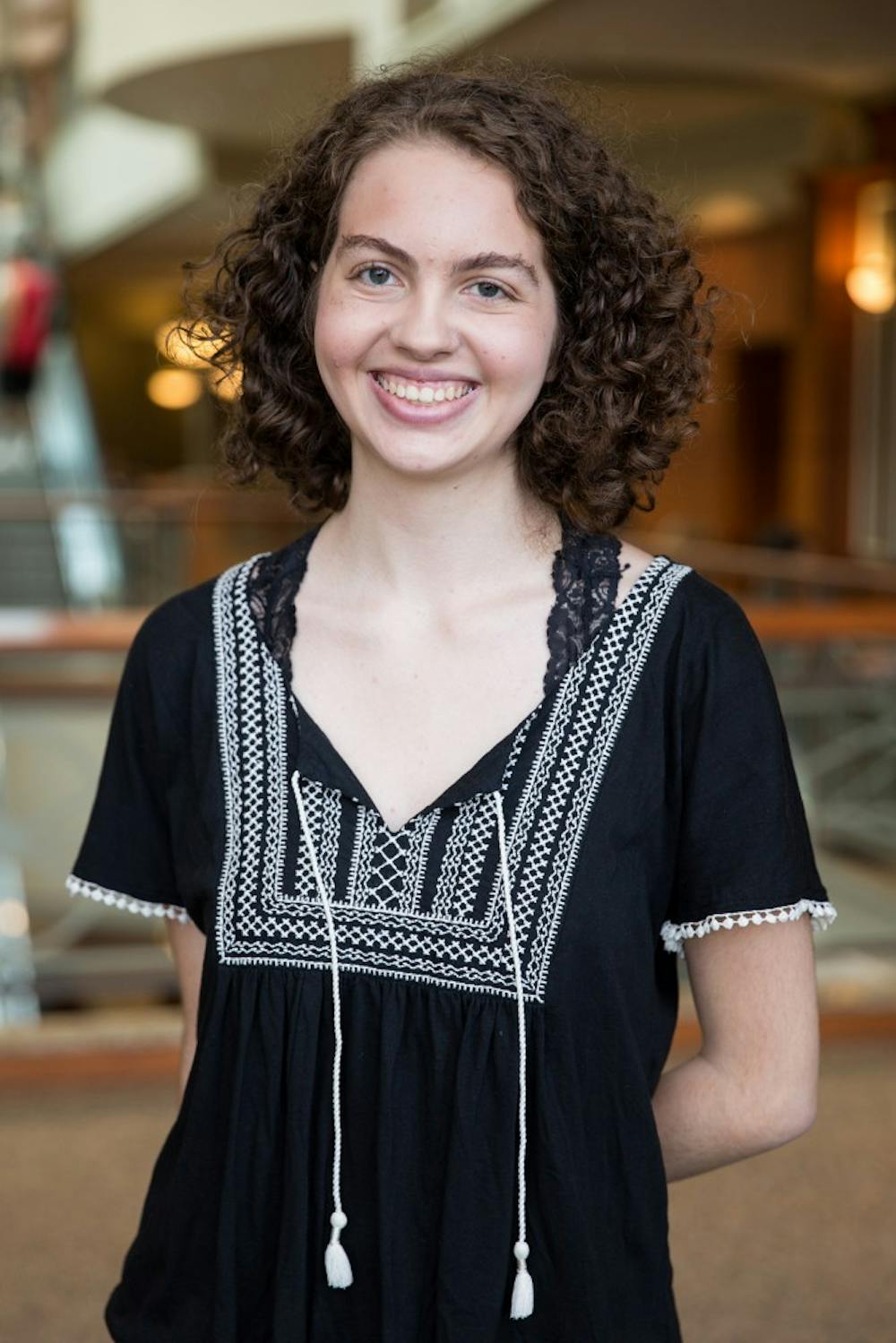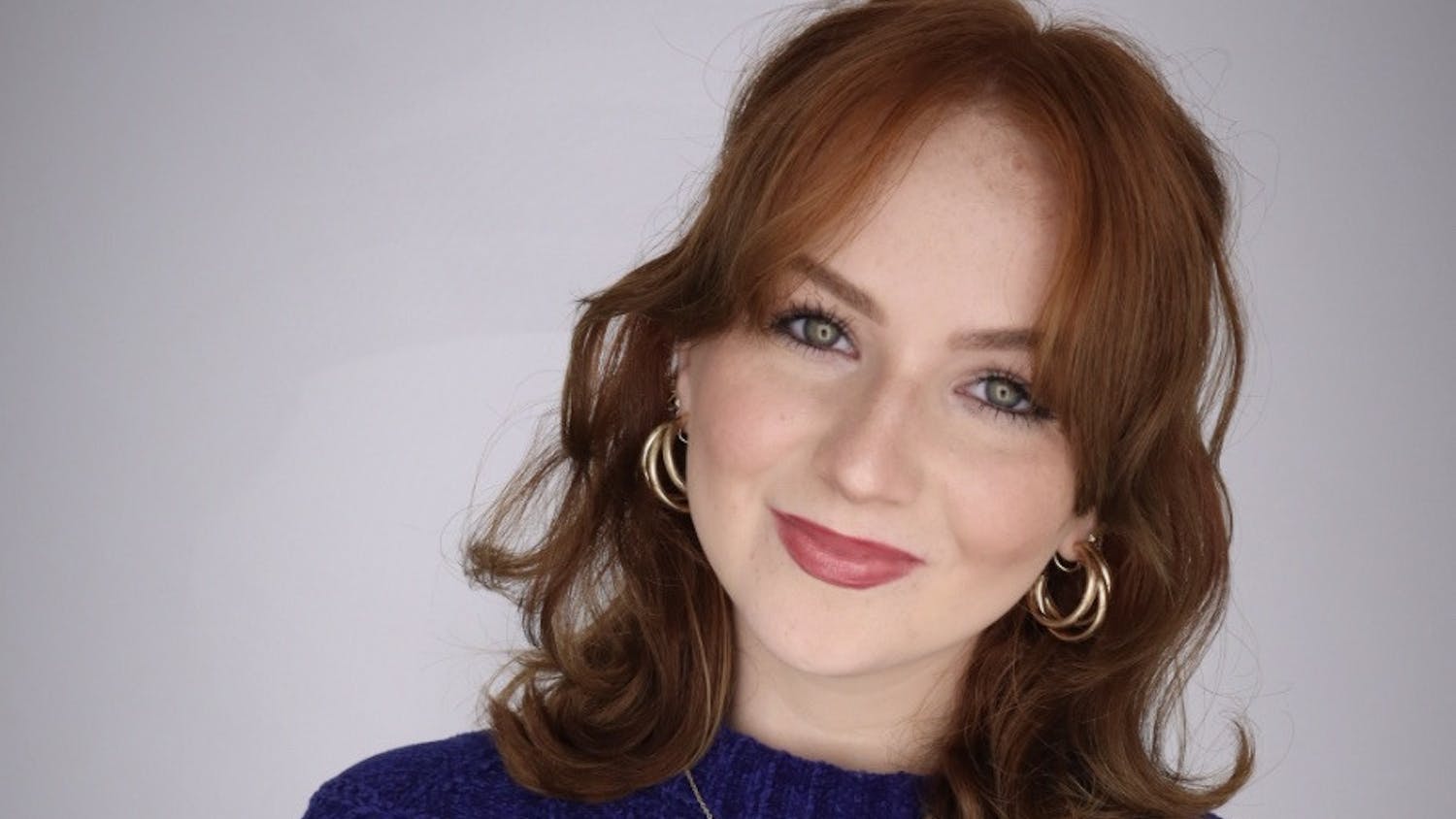As previously illustrated, fashion plays a vital role in the queer community, as a form of communication, political statement and personal expression. Fashion among queer women in particular is charged with history and politics.
Butch fashion is the most stereotypical mark of queer women, but not all Sapphic women choose to dress in a masculine fashion. Some favor a more feminine style, or femme fashion. Unsurprisingly, this style of dress has its own set of implications in queer communities.
During the same time butch fashion was gaining popularity among queer women, there was also a split among queer women who preferred more feminine clothing. This split between butch and femme fashion continued well into the 1980s. At this point, there began to be some changes to the dichotomy of the two styles. The “lipstick lesbian” idea was introduced, combining masculine and feminine fashion to create a fashionable, urban style. The lipstick lesbian label still exists, although in current times it typically refers to a style that is more feminine than masculine and almost always is used by women who identify as femme.
There aren’t as many “unique” styles that distinguish femme fashion as are there are for butch fashion. While femme-identifying women are usually stereotyped as sporting longer hair, make-up, dresses and high heels, this isn’t always the case. Overall, femme women are characterized by dressing in “traditional” feminine clothing with more focus on regular women’s fashion as opposed to men’s styles.
Femme women tend to have more privilege than their butch counterparts in straight communities. They don’t “look” outwardly queer and thus often don’t have to deal with the same harassment and violence butch women often face.
But like butch women, femme women receive a mixed reaction among the queer community. Sometimes they are considered more valuable partners because their more feminine style is considered more conventionally attractive.
They also face some backlash because they can blend in so easily among straight communities. They are often accused of having “straight passing privilege” and trying to fit in with the dominant group. They are also blamed for being ashamed of their sexuality, attempting to hide it, or secretly wanting to be straight. Some femme women are even accused of being straight and just pretending to be queer.
But like the stereotypes that face butch women, many of these ideas are untrue.
Femme women are undeniably more privileged among the greater world because of how they choose to express themselves. Because they do not fit the common stereotype of what a queer woman looks like, they do not face the same outward violence — that is, if they keep their identity a secret.
The “straight privilege” of femme women ends at the perception of strangers. If a femme woman comes out as queer, she can still be shunned by family and friends, face violence or prejudice from acquaintances, or deal with discrimination in the workplace. After her identity becomes known, a femme woman would face the same sort of discrimination her butch counterparts would in the same scenarios. When “privilege” is only given to a woman staying in the closet, it’s not real privilege.
As for the belief that femme women are ashamed of or faking their identity, there are few ways to actually prove your identify and innermost feelings. This is why some people choose to dress “stereotypically” queer because this outward projection of their inner feelings promotes a message to others of who they are and how they feel. On the flip side, choosing not to dress this way may not have the same outward message — but that shouldn’t lessen someone’s assertions of their own feelings.
Ultimately, the debate over butch versus femme fashion comes down to one point — there is no “right” choice for queer women. They are shamed for dressing masculine or feminine, for separate reasons, but shamed nonetheless. This only plays into a common idea — women can never do anything right, especially in the way they choose to express themselves. This also creates an idea that both queer people and woman in general can always be organized into neat categories.
In reality, queer women, are an extremely diverse group, not only in how they choose to dress but also in who they are as people. Reducing them to stereotypes based on their fashion choices oversimplifies their unique experiences and also undermines actual struggles they face, outside of what they put on their bodies.
Delaney Murray is freshman studying journalism with a focus in news and information at Ohio University. How else do you think fashion effects queer women? Let Delaney know by emailing her at dm181515@ohio.edu or tweeting her at @delpaulinem.






